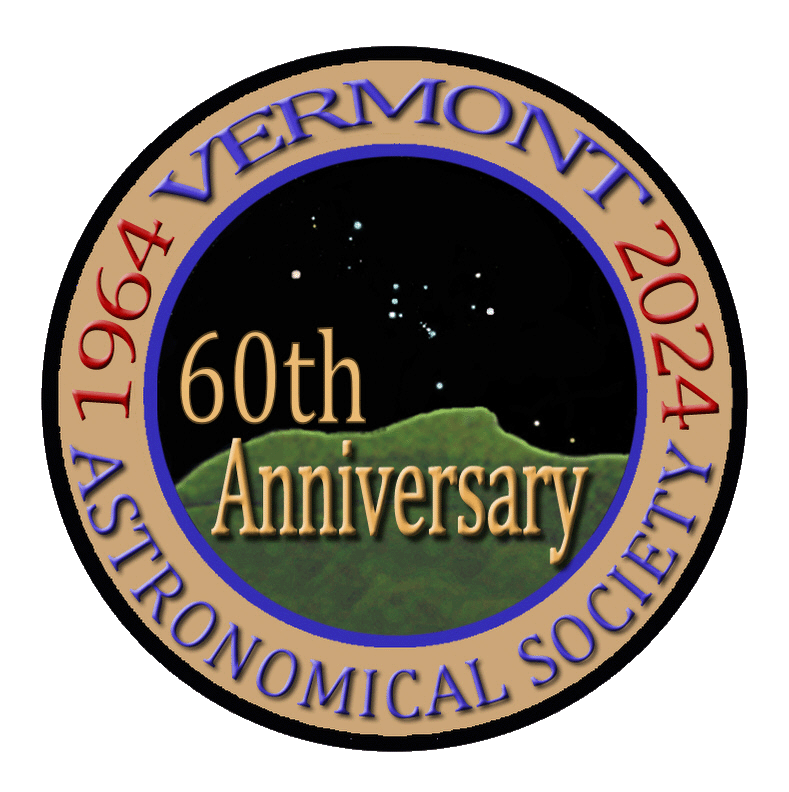Sh2-91 (LBN 147) is a small part of a very large supernova remnant, SNR 065.2+05.7, and is located near Albireo in the constellation Cygnus and about 2,500 light years (ly) from Earth. This part of the supernova remnant (Sh2-91) has a diameter of about 230 ly and its age can only be roughly estimated at 20,000 to about 400,000 years since there are several parts to the entire supernova remnant. (If you would like to see more about the entire SNR, here is a link to a 2002 paper by F. Mavromatakis, et al. appearing in Astronomy & Astrophysics.)
This is sometimes referred to as the “Shadow of the Veil” since it has a structure similar to that of the more famous, and nearby, Veil Nebula which is also a supernova remnant with several parts.
Since it’s so similar to the Veil Nebula, images of Sh2-91 are often processed in a red/blue (HOO) palette. When I started processing my image, however, it became apparent that there was much more to this part of the supernova than is typically shown in an HOO palette, so I decided to process it differently to try and bring out its more complete structure.
The result is really quite different and more striking (at least to me) than most of the images I’ve seen previously of this beautiful part of SNR 065.2+05.7.
Capture Dates: 6/27, 7/1
Askar 107PHQ with 0.7x reducer (fL = 524mm)
ASI2600MM Pro (Monochrome camera)
ZWO 7-position 2" Electronic Filter Wheel (EFW)
ZWO AM5 mount with guiding via SV106 and ASI178MM
Filters
Antlia 3nm Narrowband OIII 2": 26×300″ (2:05)
Antlia 3nm Narrowband H-alpha 2": 26×300″ (2:05)
Antlia 3nm Narrowband SII 2": 10×300″ (0:50)
Antlia LRGB-V Pro series RGB filters for RGB stars (0:20)
Total Integration: 5:20
All light frames calibrated with dark, flat, and bias frames
Pre- and post-processed in PixInsight
Additional post-processing in Photoshop for generation of reduced size jpeg
I wanted to include an HOO version of Sh2-91 here for comparison with the modified SHO version I posted earlier. I also changed both orientations to more of an actual 'sky' orientation, since this objects is on the lower portion of the larger SNR.
@greg-erianne Great captures! SHO and HOO! If I didn't know I'd assume they were parts of the Veil nebula.
Terri
@terri 😆 Thanks, Terri. I thought it was eye-opening (for me, anyway) to see how the difference in processing can allow you to see things that were hidden by other methods. (The mouseover on Astrobin is most illustrative, I think.)
Greg

